How Lamborghinis Became Status Symbols
The Italian automaker's bold approach to design sets it apart from its rivals.
Capital One
Lamborghini's supercars are instantly recognizable as symbols of wealth, performance, and excess. The firm has put a great deal of effort into cultivating this image in the past few decades, but achieving it wasn't the company's initial aim and maintaining it wasn't always easy. The hard work paid off — 60 years after its inception, Lambo hit a sales record in 2023, and several of its models are firmly entrenched in popular culture.
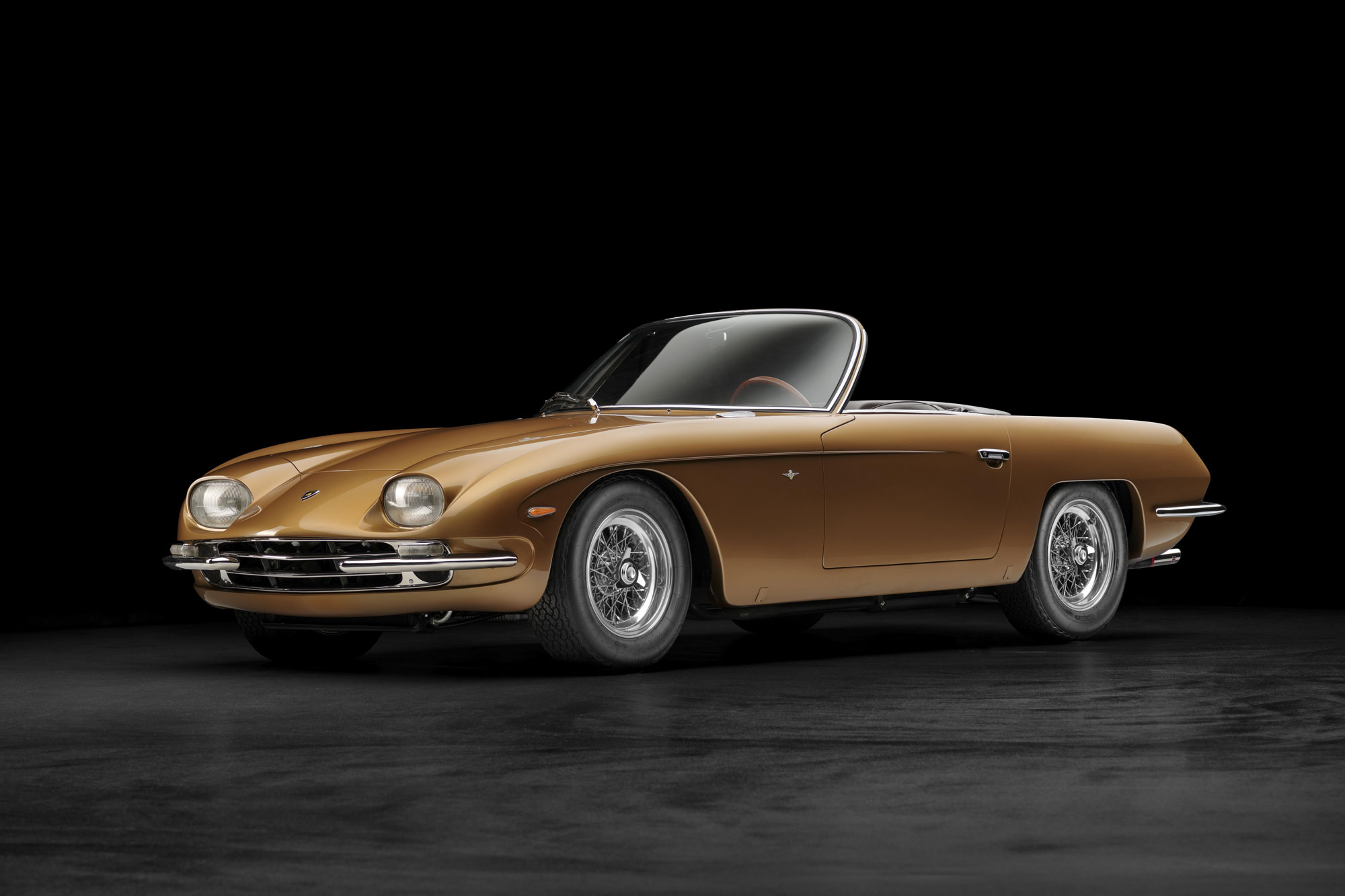 Lamborghini
Lamborghini
Building the Brand
It's not uncommon to spot a Lamborghini-branded tractor plowing a field in the Italian countryside. Renaissance man Ferruccio Lamborghini founded an eponymous tractor-making firm in 1948 and brought several innovations to the industry, including a fuel atomizer that kept operating costs in check. As the company's sales increased, so did Lamborghini's personal wealth, allowing him to indulge his taste for fast, expensive cars. He owned a series of high-price models in the 1950s, including a Mercedes 300 SL, a Jaguar E-Type, and a Ferrari 250GT. While he liked the last of those quite a bit, various issues with the car (and Enzo Ferrari's failure to listen to criticism) convinced him to design his own vehicle.
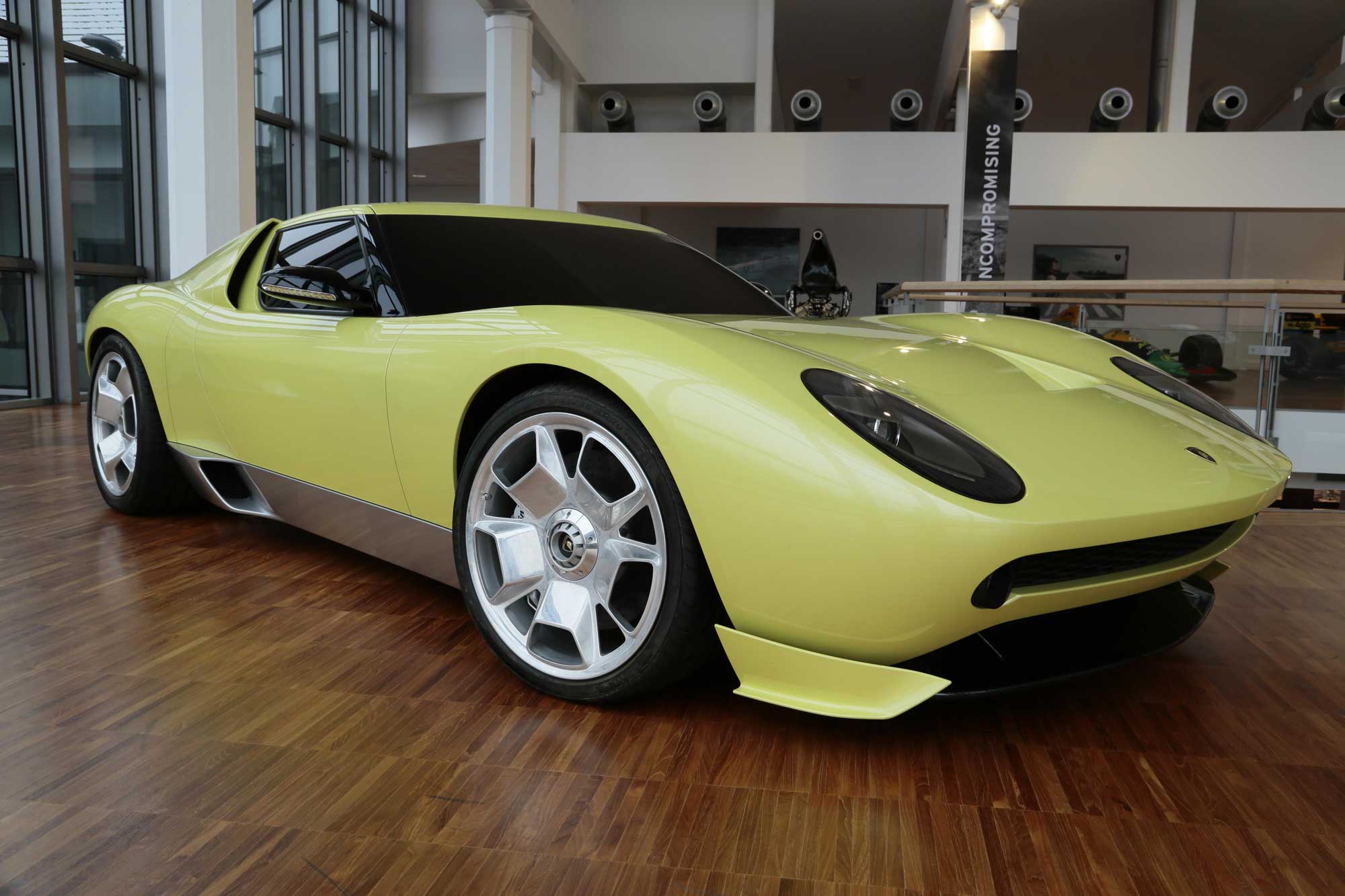 Lamborghini
Lamborghini
The Firm's First Cars
Lamborghini created the car company that bears his name in 1963 and set up its headquarters in Sant'Agata Bolognese, a small Italian town located around 20 miles away from Ferrari's main office. The firm's first car, the 350 GT, made its debut in 1964 with a front-mounted 3.5-liter V12. While the media received the car favorably, it was the Miura — presented two years later at the 1966 Geneva auto show — that really put Lamborghini on the map. Known as the world's first supercar, the low and wide two-seater situated its V12 in the middle of the car, an unusual configuration for the time but one that every grand-touring brand soon copied.
After going through several evolutions, the Miura retired in 1973 and passed the torch to the Countach, which had a wedge-shaped body and scissor doors. Designer Marcello Gandini had played around with these elements on a couple of concept cars (such as the 1968 Alfa Romeo Carabo and 1970 Lancia Stratos Zero), but Lamborghini was the first marque to make them a production reality.
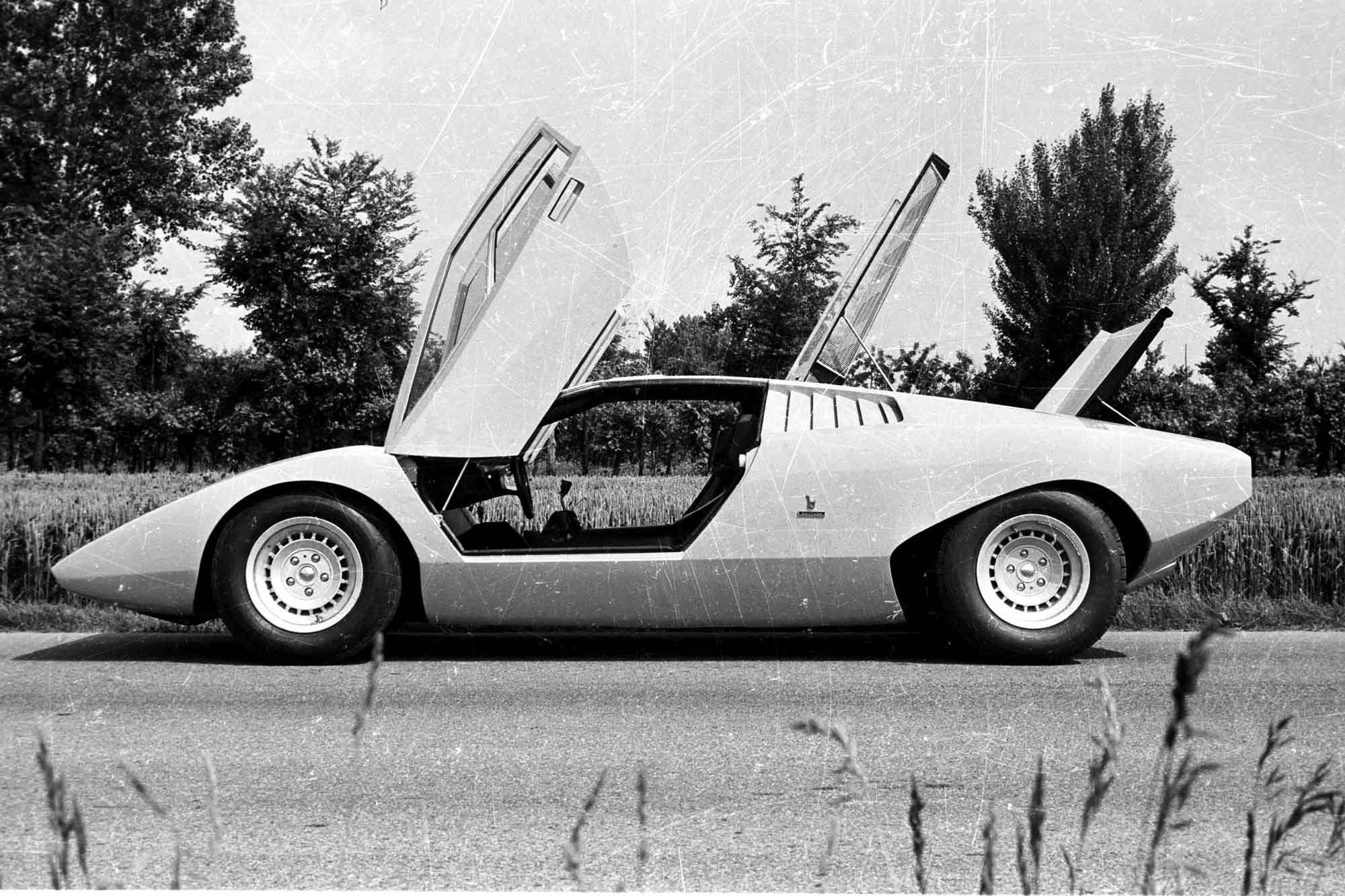 Lamborghini
Lamborghini
Riding the Countach Wave
The Countach helped shape the brand's identity and became the template for decades of Lamborghini design. It was a statement car that always made an entrance. People could hear its V12 roar from around a corner, and when it finally came into view, all eyes would stare at this doorstop on wheels festooned with vents, air intakes, and doors swinging up instead of out. It was excess on wheels, and there was nothing else on the road quite like it.
Because of this, Hollywood took a liking to the Countach and solidified the car's status as a pop-culture icon. You can watch it in dozens of television series (perhaps most famously in "Miami Vice"), hear it name-dropped in various songs, and see it rendered in numerous video games.
The Countach even earned a place on the National Historic Vehicle Register after appearing in the 1981 comedy "The Cannonball Run." Moreover, the Countach's scarcity — about 2,000 were built — made it desirable, to the point where motorists were reskinning Pontiac Fieros to look like Lamborghinis.
Production ended in 1990, capping the model's 16-year run. While the brand sold other cars (such as the smaller and less powerful Jalpa) during this unusually long production period, the Countach was the car that mattered — the one that represented the brand as the quintessential Lambo.
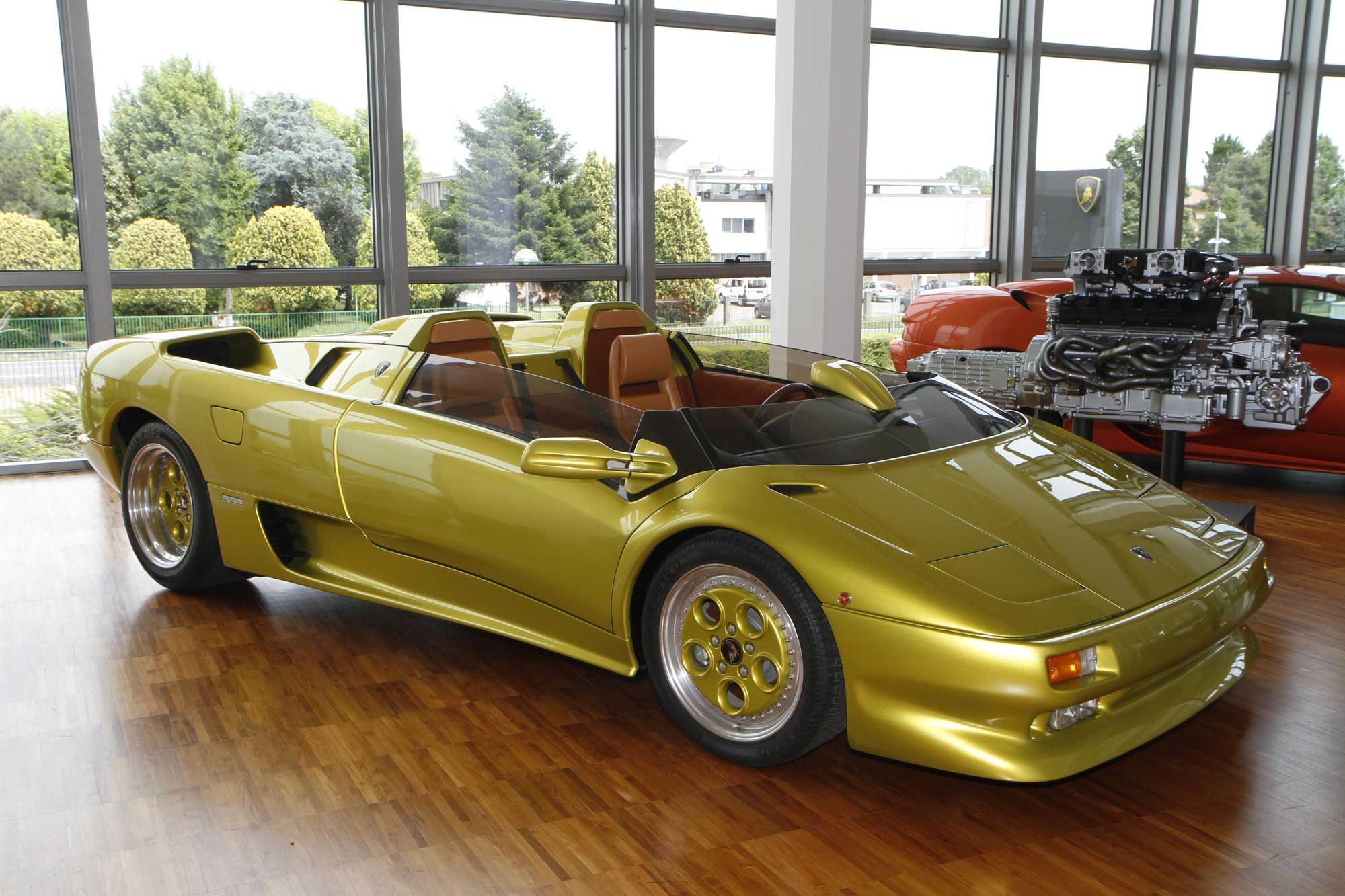 Lamborghini
Lamborghini
Solidifying a Successful Design
When the time came to develop the car's successor, Lamborghini made gradual changes, so as not to risk its newfound identity as a leader in performance, design, and flamboyance.
Enter the Diablo. Released in 1990 under Chrysler's brief yet intrusive stewardship, the Diablo had a softer look than the Countach but retained the key flagship-Lambo elements of a wedge-shaped body and scissor doors. Next came the Murciélago, which was more or less another variation on the theme, as was the Aventador that followed it.
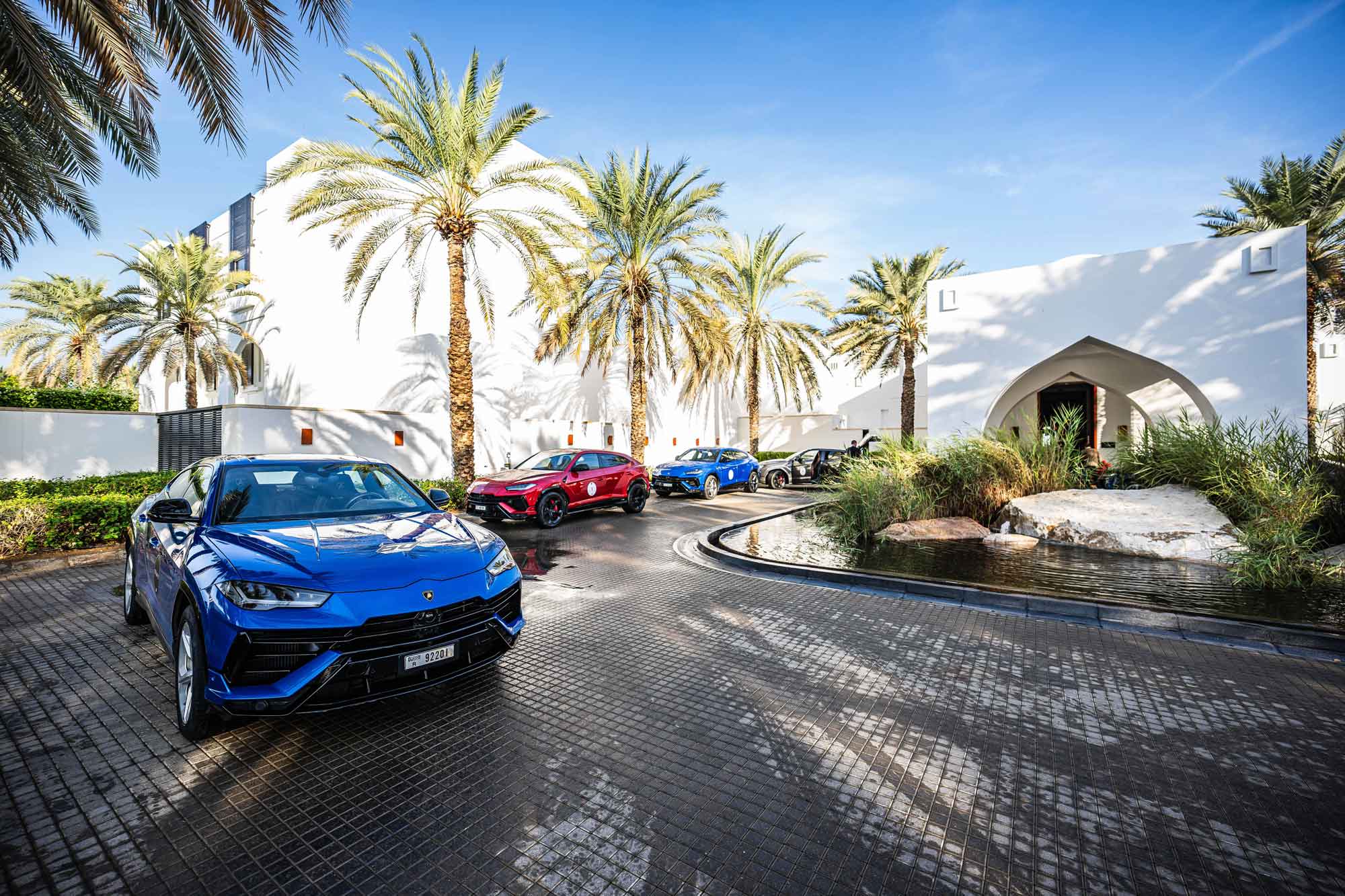 Lamborghini
Lamborghini
Lamborghini's Modern Image
While it's known for small-batch, high-price supercars, Lamborghini eventually had to diversify its product line to stay afloat. It joined Audi in 1998 and, thanks to platform and tech sharing, was able to create a volume model (the Gallardo, followed by the Huracán) and an SUV (the Urus) to help fill out its lineup and increase sales. Apart from 2020, Lambo sales have risen steadily since 2010, when the company delivered 1,302 cars worldwide. Due to the carmaker's careful approach to design and its adherence to an image of excess, it was still able to make its less expensive vehicle options look the part.
Consider the Urus crossover: It doesn't have scissor doors or anything close to the Aventador's shape, and yet it's still recognizable as a Lamborghini, thanks to its sharp creases, wide air intakes, and squared-off wheel arches. Lamborghini-branded yachts can also wear the brand's bright colors and edgy bodywork relatively well.
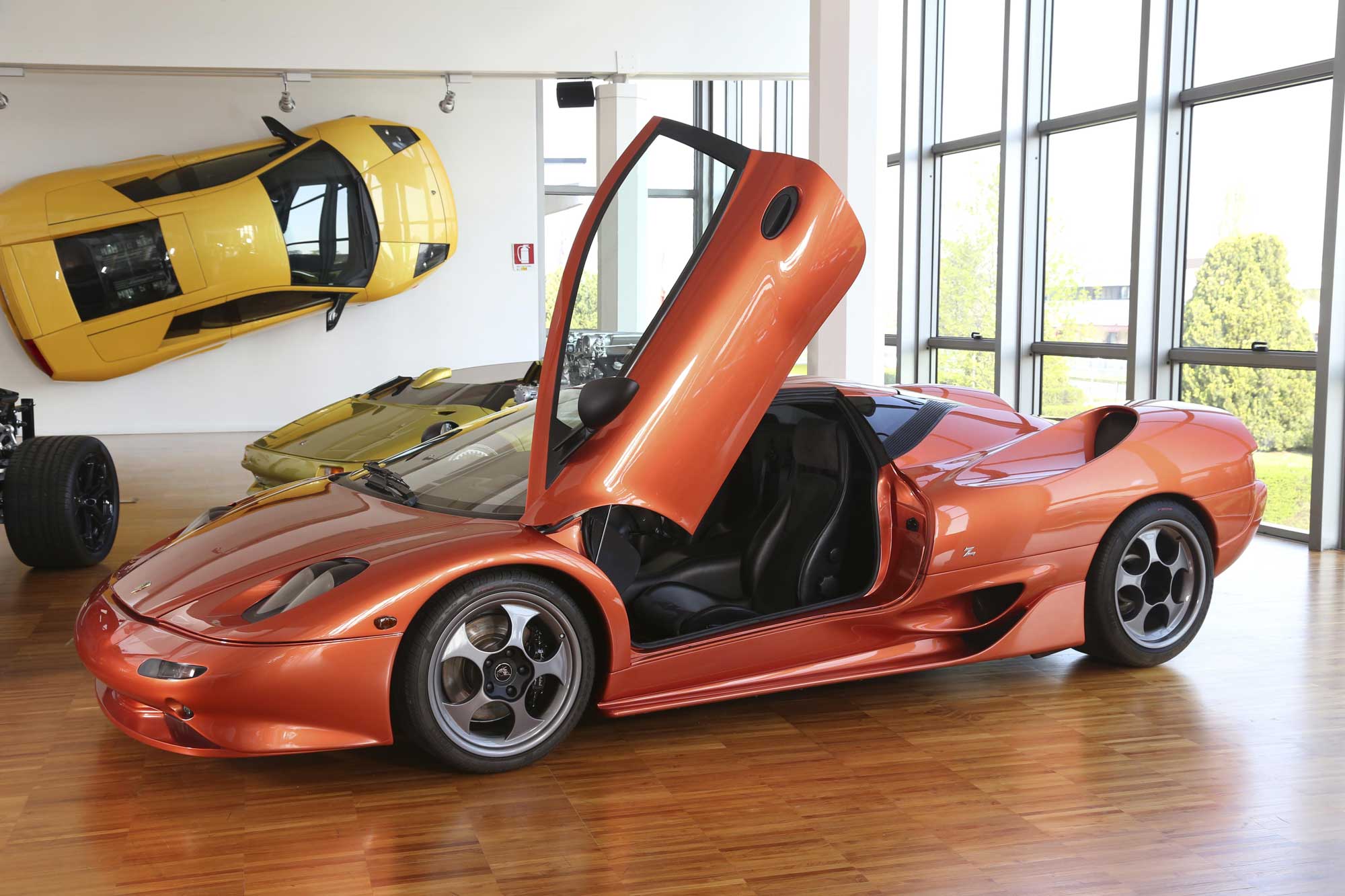 Lamborghini
Lamborghini
Performance Players in the Real and Virtual World
Fans associate Lamborghini with performance, and the company has long insisted on V12 power for its flagship models. From the Countach to the Aventador, each has used a naturally aspirated 12-cylinder engine, even as rivals have downsized their engines or adopted forced induction.
Due to its cars' six-digit pricing and sometimes limited availability, Lamborghini increases access to the masses through the virtual realm. For instance, anyone can race a Miura, a Diablo, or an Aventador in the Gran Turismo 7 video game. In 2019, Lamborghini developed a futuristic-looking concept called Vision Gran Turismo specifically for the franchise. This skeletal-looking, hybrid-powered single-seater might not ever reach production, but it serves to introduce young gamers to the brand and its bold design language.
Written by humans.
Edited by humans.
 Ronan Glon
Ronan GlonRonan Glon is an American journalist and automotive historian based in France. He enjoys working on old cars and spending time outdoors seeking out his next project car.
Related articles
View more related articles